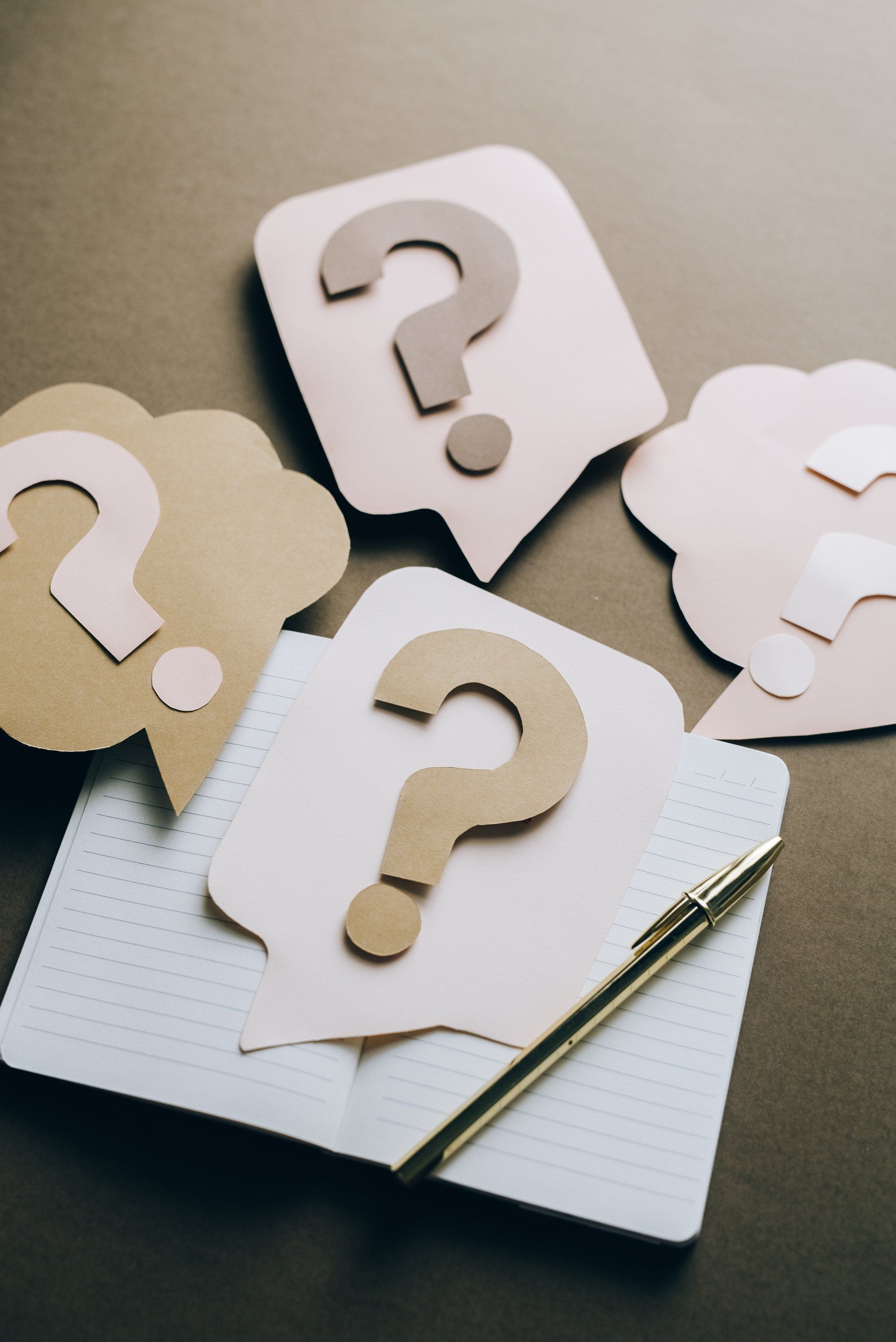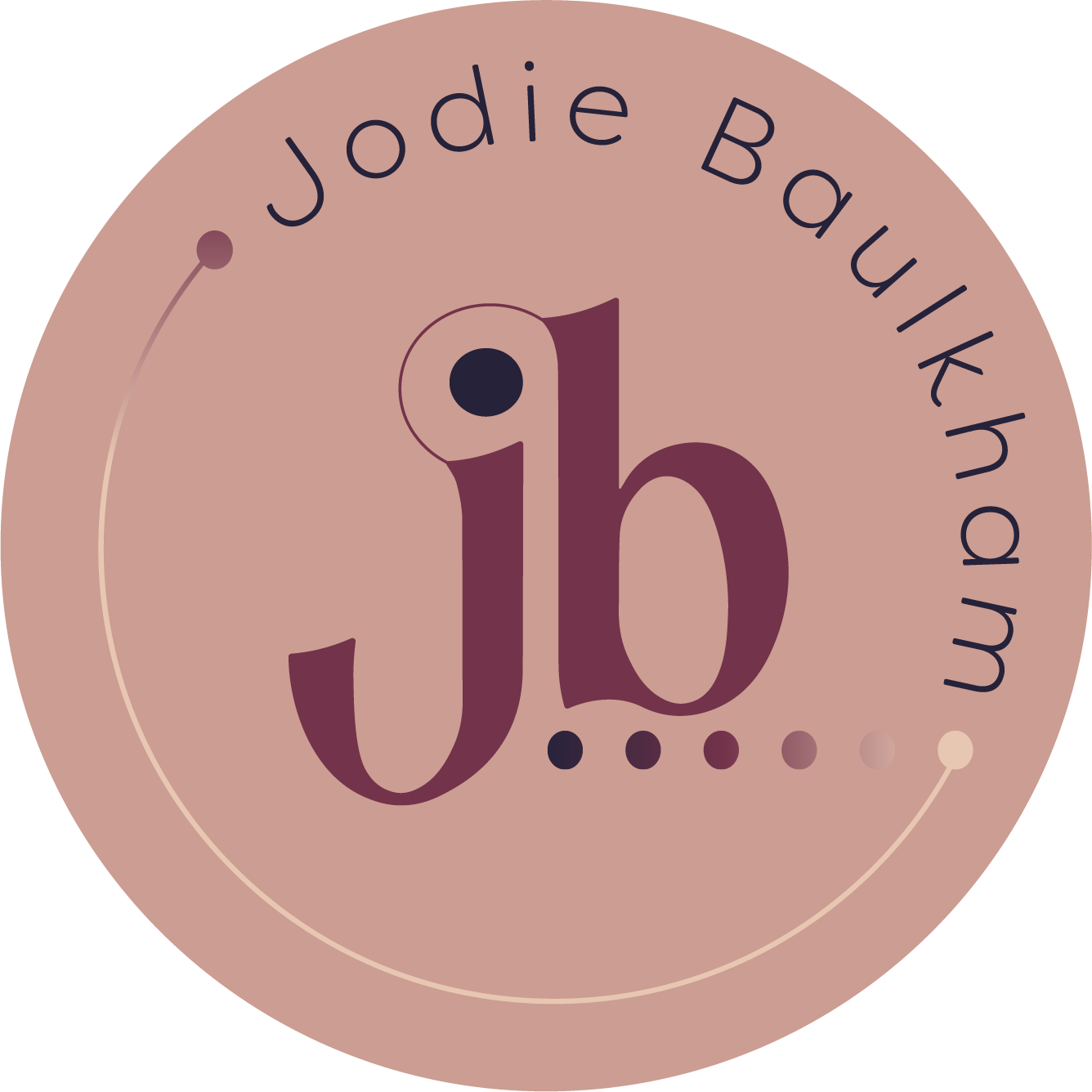Choosing Mindfulness: Practical Techniques for Nurturing a Daily Practice
Can you Relate to any of the following thoughts?
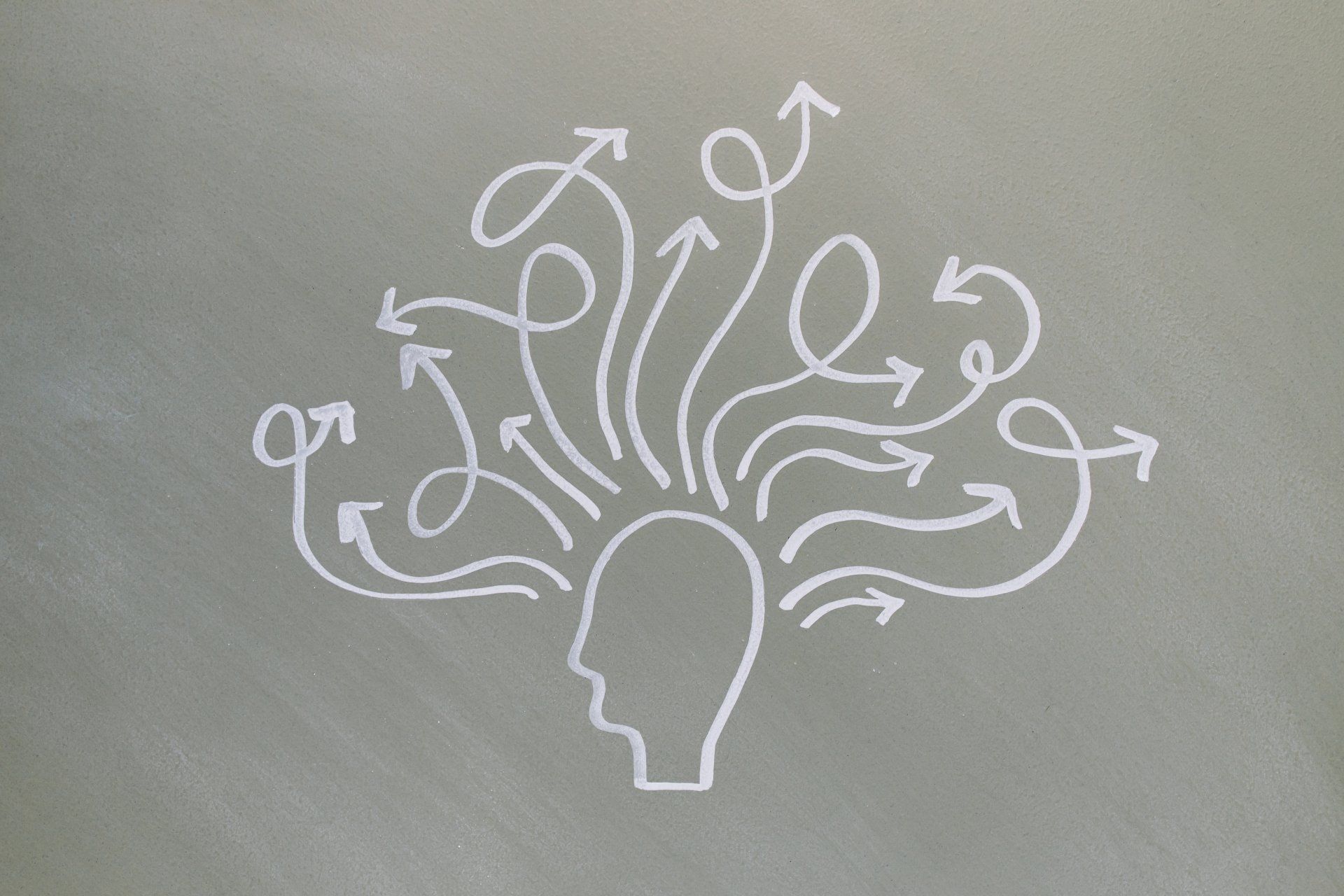
- My mind is racing a mile a minute.
- I feel disconnected from myself and the world around me.
- I’m anxious and restless.
- I can’t concentrate - my thoughts are all over the place.
If you find yourself nodding in agreement with one or more of these sentiments, engaging in today's blog is a meaningful step towards reclaiming your mental well-being.
In the midst of our demanding daily lives, the importance of mental health cannot be overstated. It permeates every aspect of our existence, influencing relationships, work dynamics, and overall well-being. Yet, despite its undeniable significance, the care of our mental health often takes a back seat to the myriad other priorities vying for our attention. We unintentionally neglect our mental well-being until we find ourselves on the brink of burnout, feeling isolated, or grappling with the onset of illness.
A Call to Mindfulness
To kickstart your journey towards a more mindful life, consider downloading my FREE 5-day Challenge to improve your mental health. This challenge is meticulously crafted into an interactive online mini-course to provide you with additional tools and insights and its delivered straight to your inbox! It's not just a challenge; it's an invitation to refocus your daily routine, intentionally centering it around YOU—an investment in nurturing your well-being.
“Mindfulness practice means that we commit fully in each moment to be present; inviting ourselves to interface with this moment in full awareness, with the intention to embody as best we can an orientation of calmness, mindfulness, and equanimity right here and right now.”
~Jon Kabat-Zinn
In the midst of our daily chaos, finding moments of peace and tranquility may seem like an elusive quest, but cultivating mindfulness can be a transformative game-changer, promoting overall well-being and balance.

Understanding Mindfulness
Let's delve into the essence of mindfulness. At its core, mindfulness is about being fully present and engaged in the current moment, free from judgment. It's the practice of acknowledging your thoughts and feelings without succumbing to overwhelming reactions. By actively engaging in mindfulness, you open the door to enhanced self-awareness, stress reduction, and an improvement in your overall mental and emotional state.
Practical Techniques for Cultivating Mindfulness
Now, let's explore practical techniques that you can incorporate into your daily routine to foster a more mindful and centered life.
1. Mindful Breathing:
The art of mindful breathing is a cornerstone of mindfulness practice. As you find a quiet space, let the tranquility envelop you. Close your eyes, signaling a departure from the external world. Inhale deeply through your nose, feeling the air fill your lungs—a rejuvenating force of life. As you exhale, release the breath slowly, letting go of any tension. The essence lies in paying attention to each breath, each inhale a reminder of the present moment. If the mind wanders—a natural inclination—gently guide it back to the breath. Embrace the rise and fall, a rhythmic dance connecting you to the now.
2. Body Scan Meditation:
Whether lying down or seated in comfort, embark on a journey within. Begin at the toes, the farthest reaches of your physical self. Gradually shift attention upward, traversing the landscape of your body. Notice sensations—tingling, warmth, perhaps a subtle ache. Each area holds a story, a narrative of tension or ease. As you encounter pockets of tightness, release them consciously. Picture tension dissipating with each breath, making way for tranquility. The body scan is a voyage of self-discovery, an exploration of the intricate tapestry woven within.
3. Mindful Observation:
Engage in the art of mindful observation—a practice that invites you to witness the world with heightened awareness. Choose an object, be it a flower, a piece of art, or an everyday item in your home. As you dedicate a few minutes to observe, let your senses lead the way. Notice colours, the play of light and shadow, the textures beneath your fingertips. Observe shapes emerging from the amalgamation of elements. Engage all your senses—the scent of the flower, the cool touch of the art, the subtle hum of the everyday item. This practice transcends mere observation; it's an immersion into the richness of the present.
4. Mindful Walking:
Embark on a journey of mindfulness with each step—a practice that grounds you in the present through movement. Take a leisurely walk, allowing the rhythm of your breath to synchronize with the cadence of your steps. Feel the ground beneath your feet—an earthy connection. Notice the subtle swaying of your body with each stride, a dance with the surrounding space. Mindful walking is a simple yet potent means of reconnecting with the present moment, transcending the mundane into a mindful exploration of the world around you.
5. Gratitude Journaling:
Delve into the transformative practice of gratitude journaling—a ritual that shifts your focus from scarcity to abundance. Set aside a few moments each day to reflect on the elements in your life. In your journal, weave a narrative of gratitude for the things, experiences, and people that enrich your existence. The act of writing solidifies appreciation, transforming fleeting moments into tangible expressions of thankfulness. This practice becomes a collection of positivity, a place you can revisit during challenging times—a record of the beauty that creates your daily life.
6. Mindful Visualization:
Find a quiet and comfortable place to sit. Close your eyes and begin by taking a few deep breaths to settle into the present moment. Picture in your mind's eye a place of tranquility—a beach with gentle waves, a lush forest with sunlight filtering through the leaves, or any location that resonates with serenity. Engage all your senses: visualize the colours, feel the temperature, and imagine the soothing sounds around you. Immerse yourself in this mental sanctuary, allowing the power of visualization to calm your mind and evoke a sense of peace.
7. Loving-Kindness Meditation:
Take a comfortable seated position. Bring to mind someone you deeply care about—a friend, family member, or even yourself. Begin by silently repeating phrases of well-wishes for them, such as "May you be happy, may you be healthy, may you be safe." Allow these sentiments to resonate within you. Gradually expand these wishes to include others in your life, extending even to those you may find challenging. This practice of loving-kindness meditation fosters compassion, connection, and a positive energy that can ripple through your relationships and beyond.
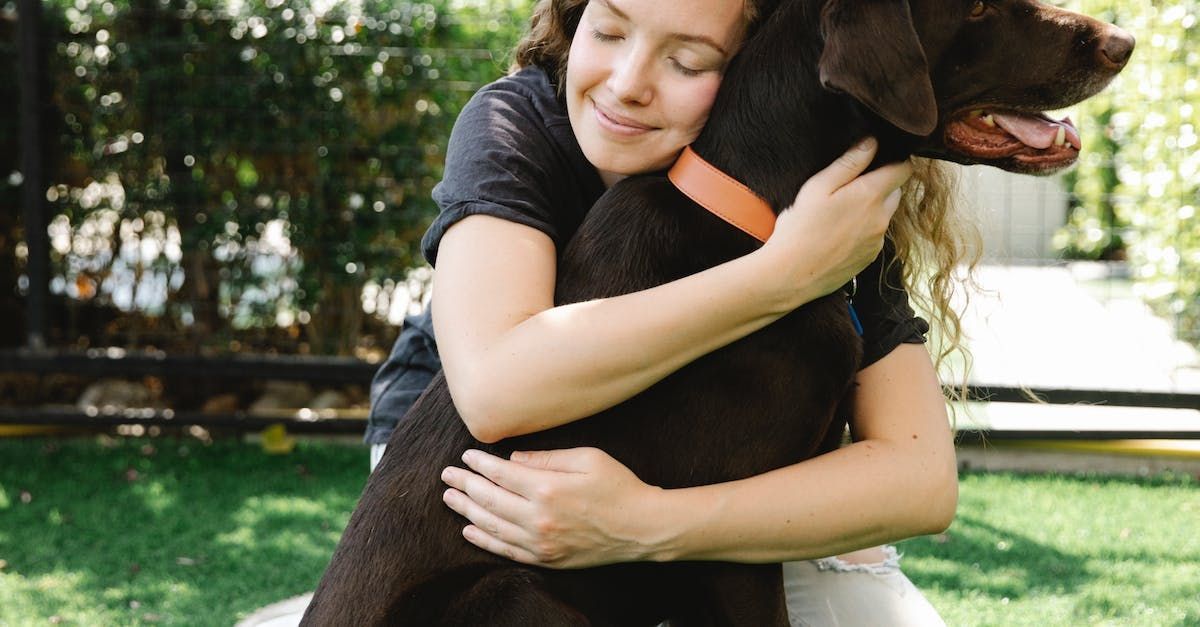
8. Mindful Eating:
Transform your meals into mindful rituals. Start by selecting a quiet and comfortable place to eat without distractions. As you begin your meal, take a moment to appreciate the visual aspects of your food—the colours, shapes, and arrangement. Inhale the aroma, paying attention to the textures as you chew. Chew slowly, savouring each bite, and notice the sensations as you swallow. Mindful eating not only enhances the sensory experience of your meals but also encourages a healthier and more intentional approach to nourishing your body.
9. Digital Detox Meditation:
In our digital age, taking breaks from screens is essential for mental well-being. Find a peaceful space away from electronic devices. Sit comfortably and close your eyes. Shift your focus to your breath, allowing it to guide you into a state of mindfulness. Use this time to detach from the constant stimuli of technology and reconnect with your immediate surroundings. Embrace the simplicity of the present moment, free from the distractions of screens.
10. Mindful Reading:
Choose a book or piece of literature that captivates your interest. Create a cozy reading space, free from interruptions. As you begin to read, immerse yourself fully in the words, sentences, and paragraphs. Notice your emotional responses and thoughts as you engage with the material. Mindful reading transforms the act into a reflective and enriching experience, allowing you to appreciate the depth of each written word.
11. Mindful Communication:
Engage in mindful communication during conversations. Prioritize being fully present by setting aside distractions such as phones or other tasks. Actively listen to the speaker, observing their words, tone, and body language. Respond thoughtfully, allowing the interaction to unfold with awareness. Mindful communication enhances connection and understanding, fostering meaningful relationships built on presence and empathy.
12. Nature Connection Meditation:
Venture into nature, whether it's a local park, garden, or any serene outdoor setting. Find a comfortable spot to sit or take a leisurely walk. Engage your senses in the natural surroundings—observe the rustling leaves, the melody of birdsong, or the gentle flow of water. Nature connection meditation grounds you in the present moment, fostering a profound sense of interconnectedness with the environment and promoting overall well-being.
13. Mindful Stretching/Yoga:
Incorporate mindful movement into your routine with stretching or yoga. Begin by finding a quiet space. As you move through each stretch or yoga pose, focus on the sensations in your muscles and the connection between breath and movement. Mindful stretching not only promotes physical well-being but also cultivates a deeper awareness of your body, fostering a sense of balance and harmony.
14. Reflective Journaling:
Dedicate a quiet time to reflect on your day, emotions, and experiences through journaling. Find a comfortable and private space. Write freely without judgment, expressing your thoughts and feelings. This reflective practice can offer valuable insights into patterns, challenges, and moments of gratitude. Over time, reflective journaling becomes a powerful tool for self-discovery and personal growth, allowing you to navigate the complexities of life with increased awareness.
Personal Example: Navigating Daily Challenges
Allow me to share a personal example that underscores the transformative power of mindfulness. In the midst of a particularly hectic period at work, deadlines loomed, and the pressure seemed incredibly heavy. My mind raced with thoughts of tasks undone and potential pitfalls. On this day, I chose to pause and implement a brief mindful breathing exercise. I closed my eyes and focused on each inhale and exhale. Gradually, the chaos in my mind began to settle. The deadlines didn't vanish, but my perspective shifted. I approached my tasks with a newfound sense of clarity and calmness. This experience illustrated the immediate impact of mindfulness in the face of daily challenges. It doesn't eliminate stressors, but it equips you with the resilience and focus needed to navigate them more effectively.

Integrating Mindfulness into Daily Life
The key to mindfulness is consistency. Begin with short sessions and gradually increase the duration as you become more comfortable with the practice. Additionally, find opportunities to infuse mindfulness into your daily activities, such as eating, listening, and communicating with others.
Remember, mindfulness is a skill that develops over time. Be patient with yourself and embrace the process. By incorporating these techniques into your routine, you'll be well on your way to cultivating a more mindful and balanced life.
A Journey of Patience and Growth
Mindfulness is not a destination but a journey—a journey that unfolds with patience and consistent practice. As you embark on this path, allow yourself the grace to learn and grow. The benefits of mindfulness extend beyond the individual sessions; they permeate your entire existence, influencing how you perceive and interact with the world.
In moments of stillness, you discover the profound beauty of simply being. The noise of the external world fades, and you're left with the essence of the present moment. This journey is about more than the absence of stress; it's about the presence of profound peace.
Pause, breathe, and savour the present.
Want More?
If you're eager to delve even deeper into supporting your well-being, the FREE 5-day Challenge awaits. Download it now for additional tools and insights, delivered directly to your inbox. This challenge is your companion on the continued journey to elevate your mental health. Embrace the opportunity to nurture your well-being.
For those seeking an even more personalized approach, explore my
coaching programs. These programs are crafted to support you in living authentically and confidently, providing guidance as you navigate the complexities of life.

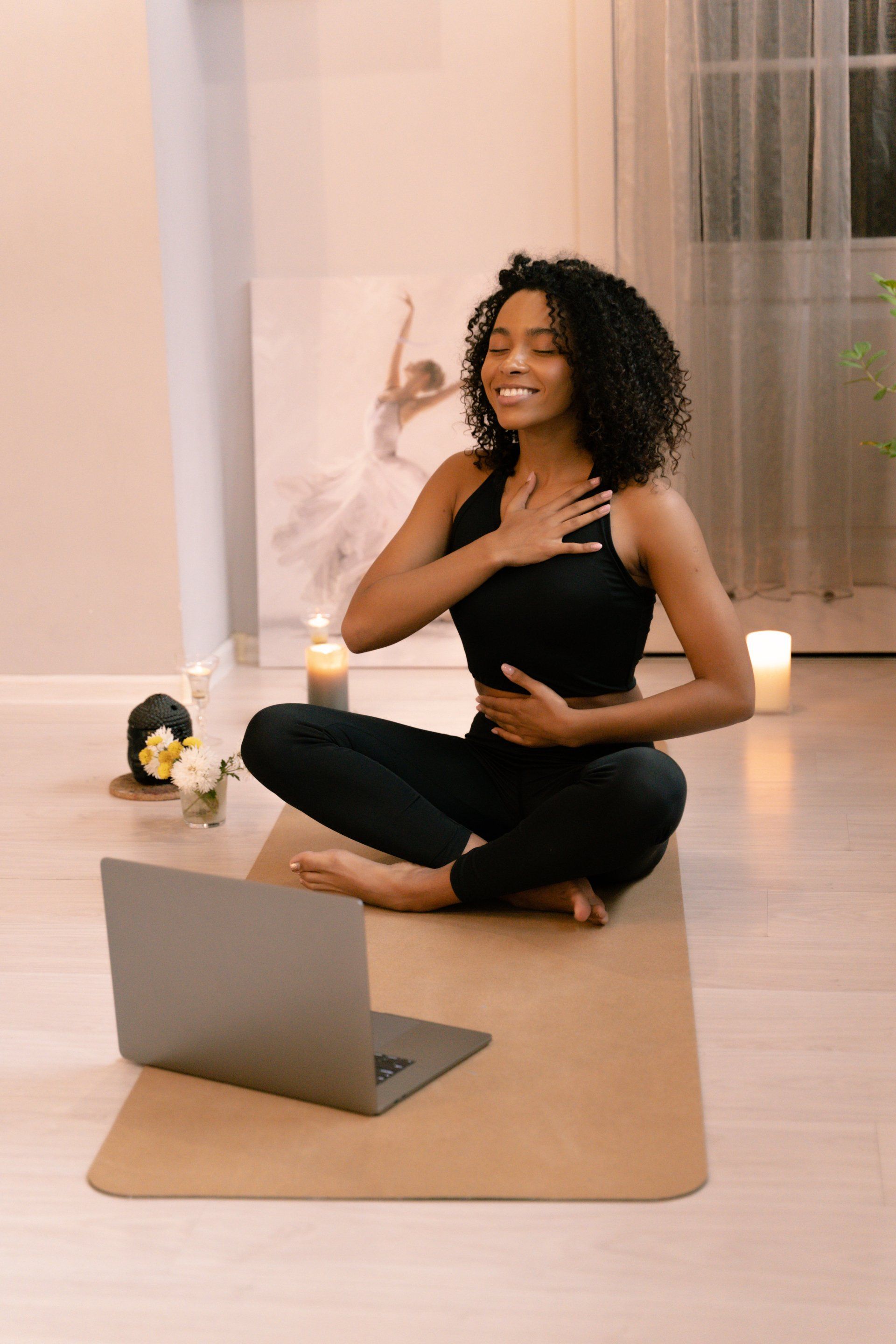
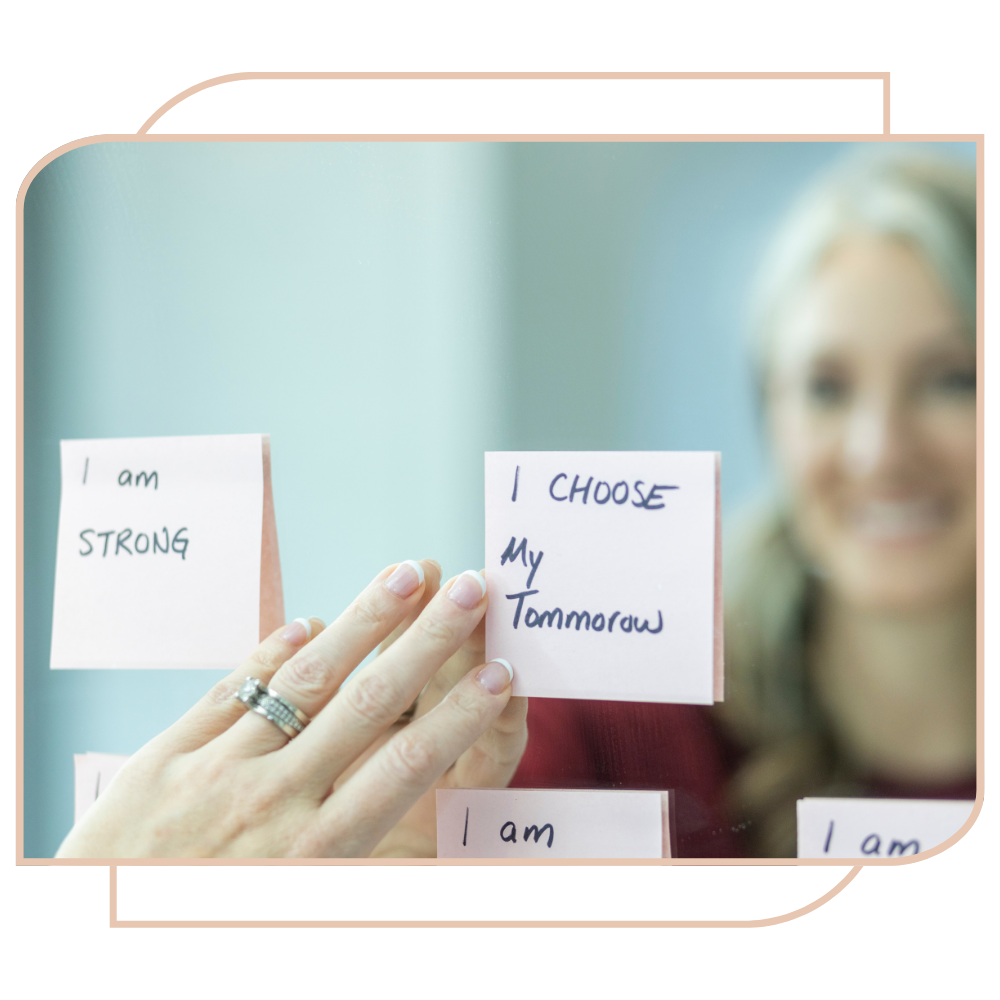
Take your next step today!
Book Your Free Call Now!
Let Jodie Help You Harness Your Power of Choice and Choose Your Tomorrow!
All Rights Reserved | Jodie Baulkham


